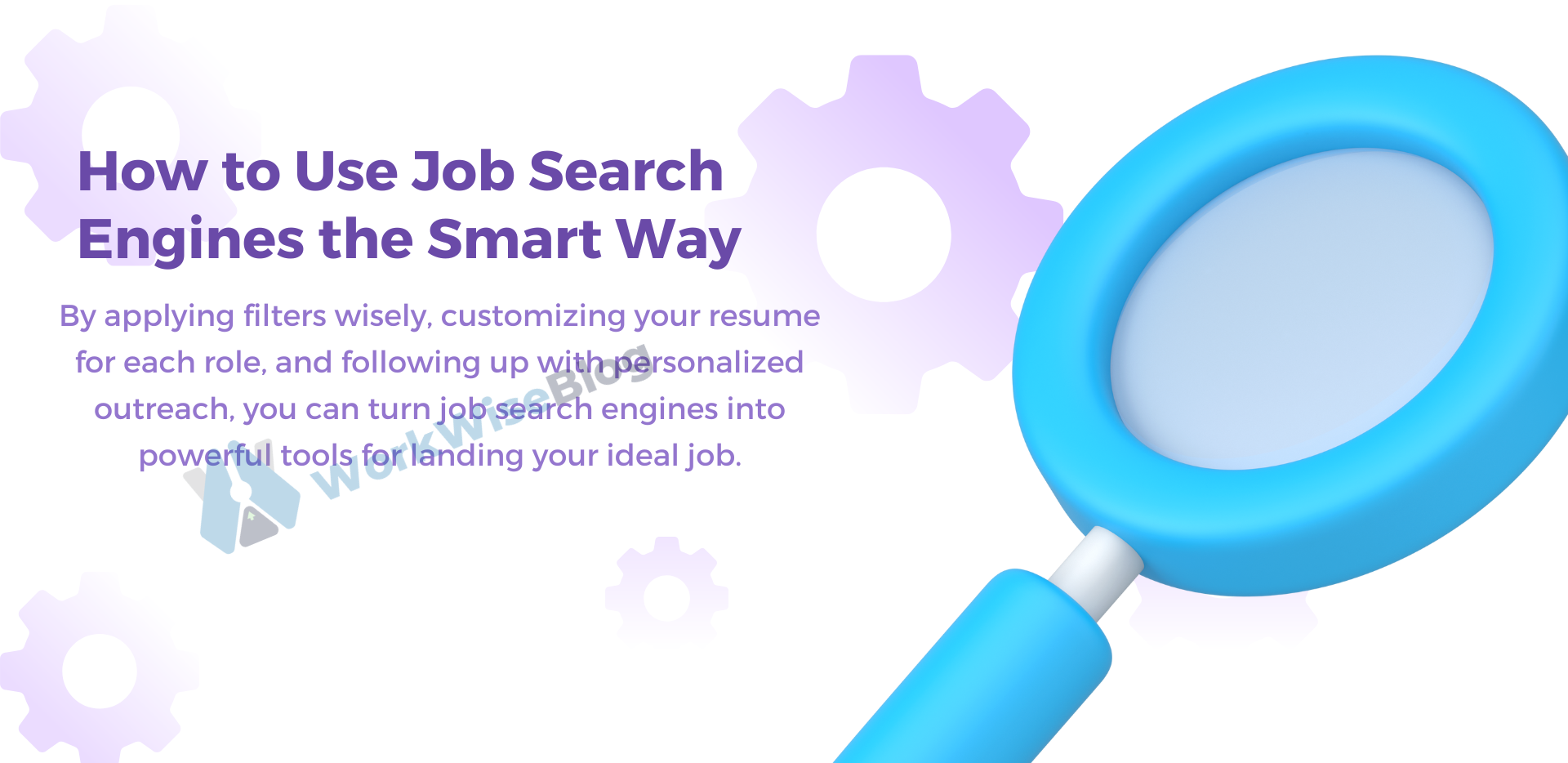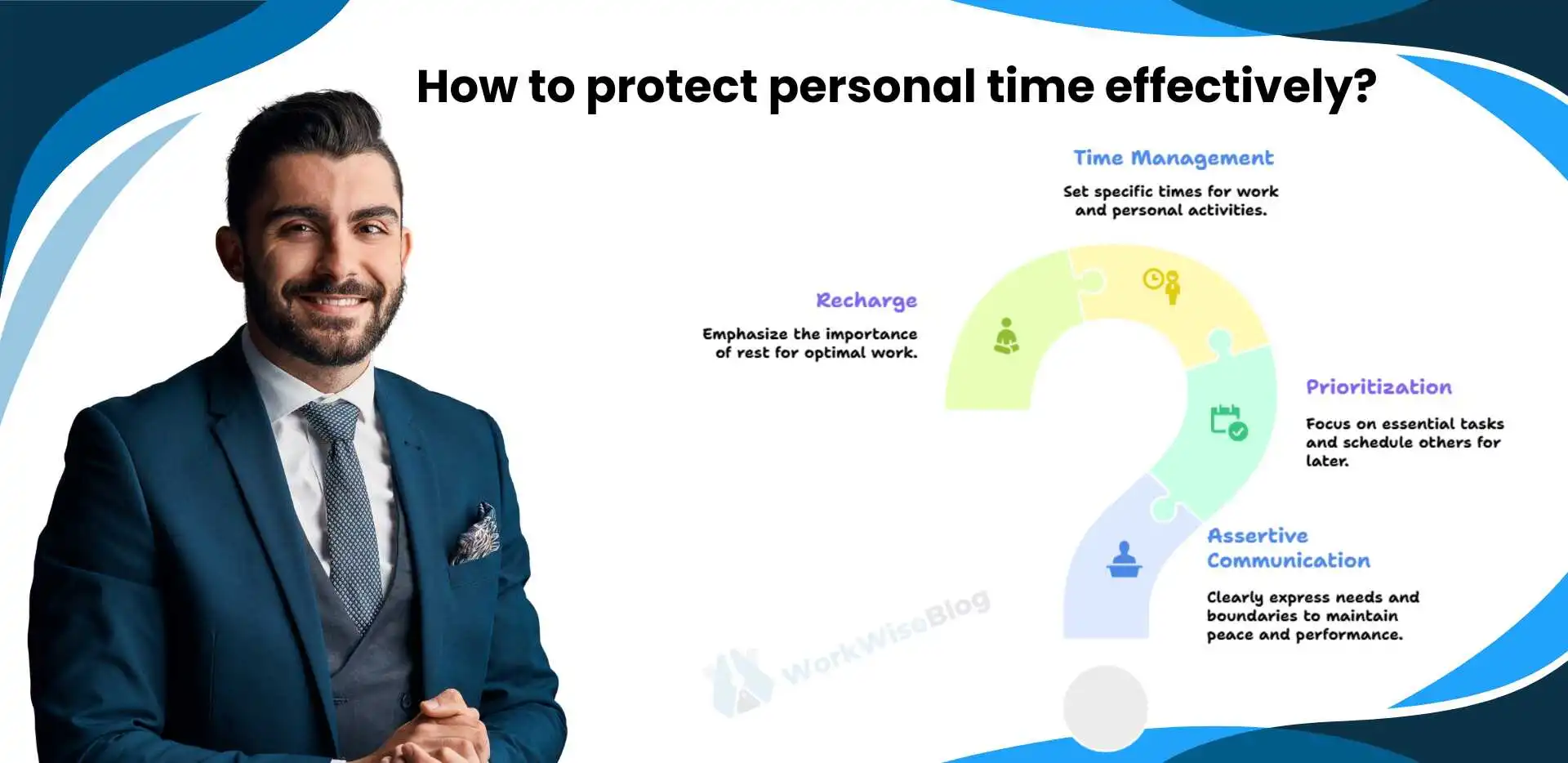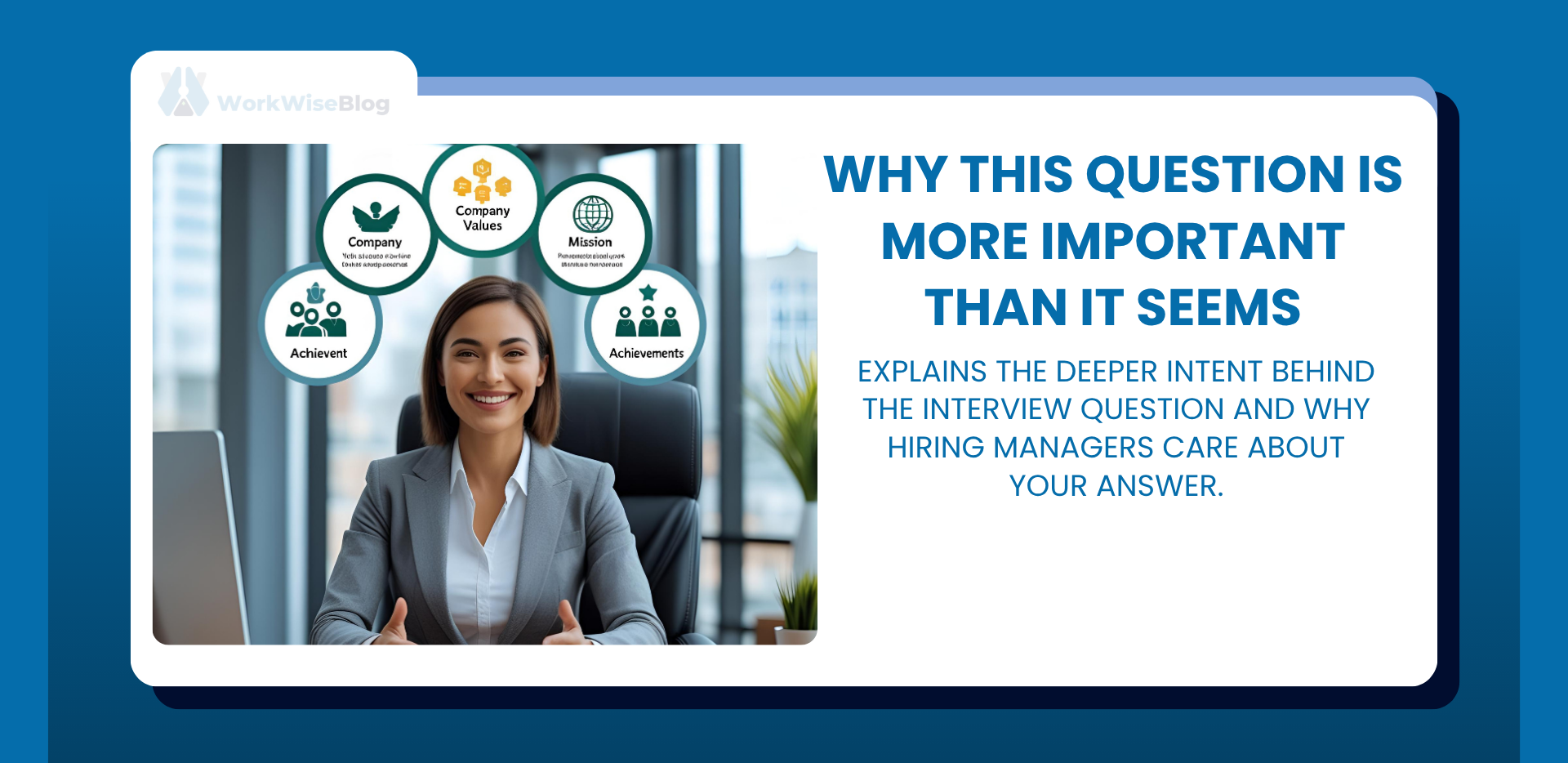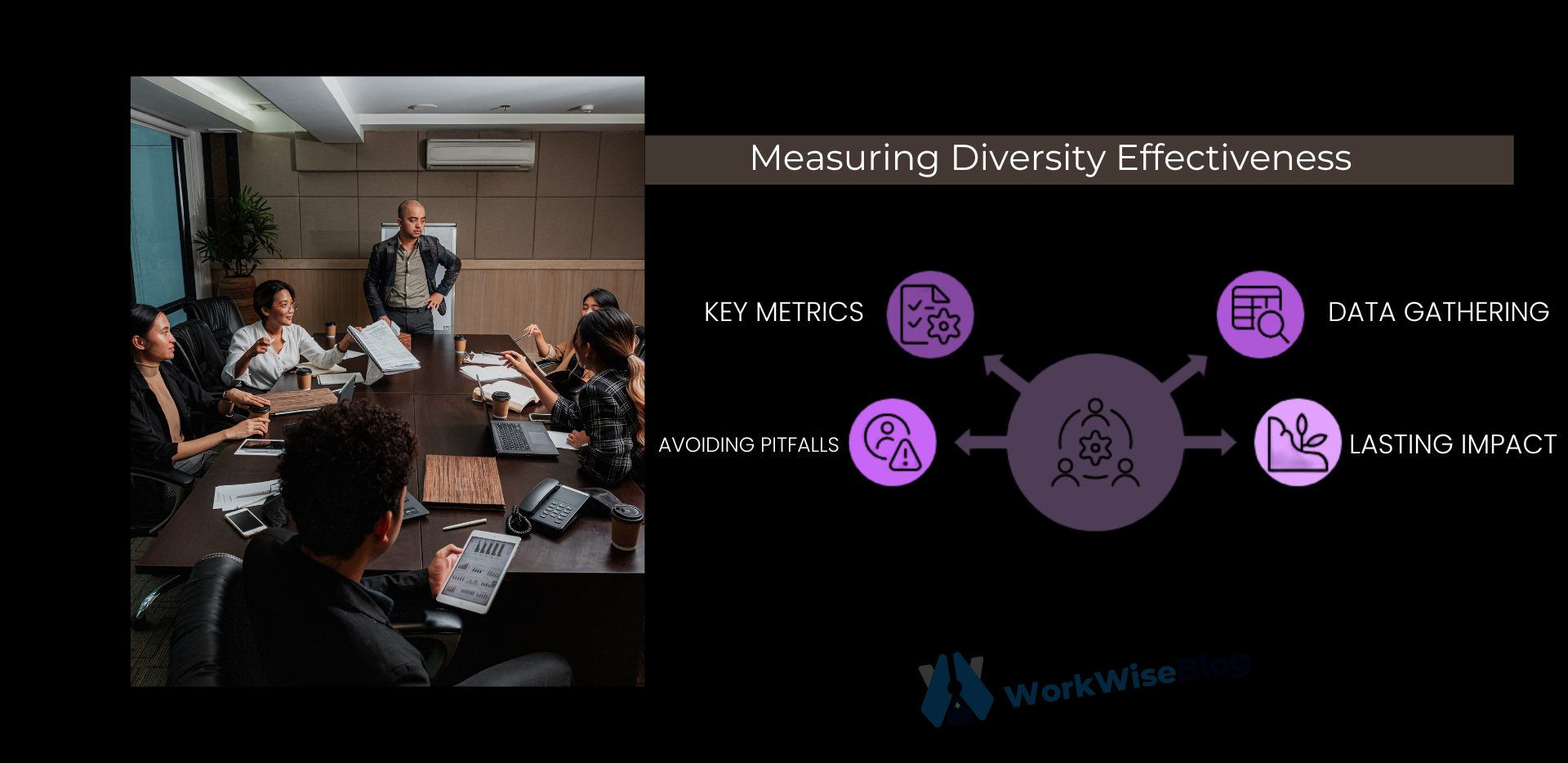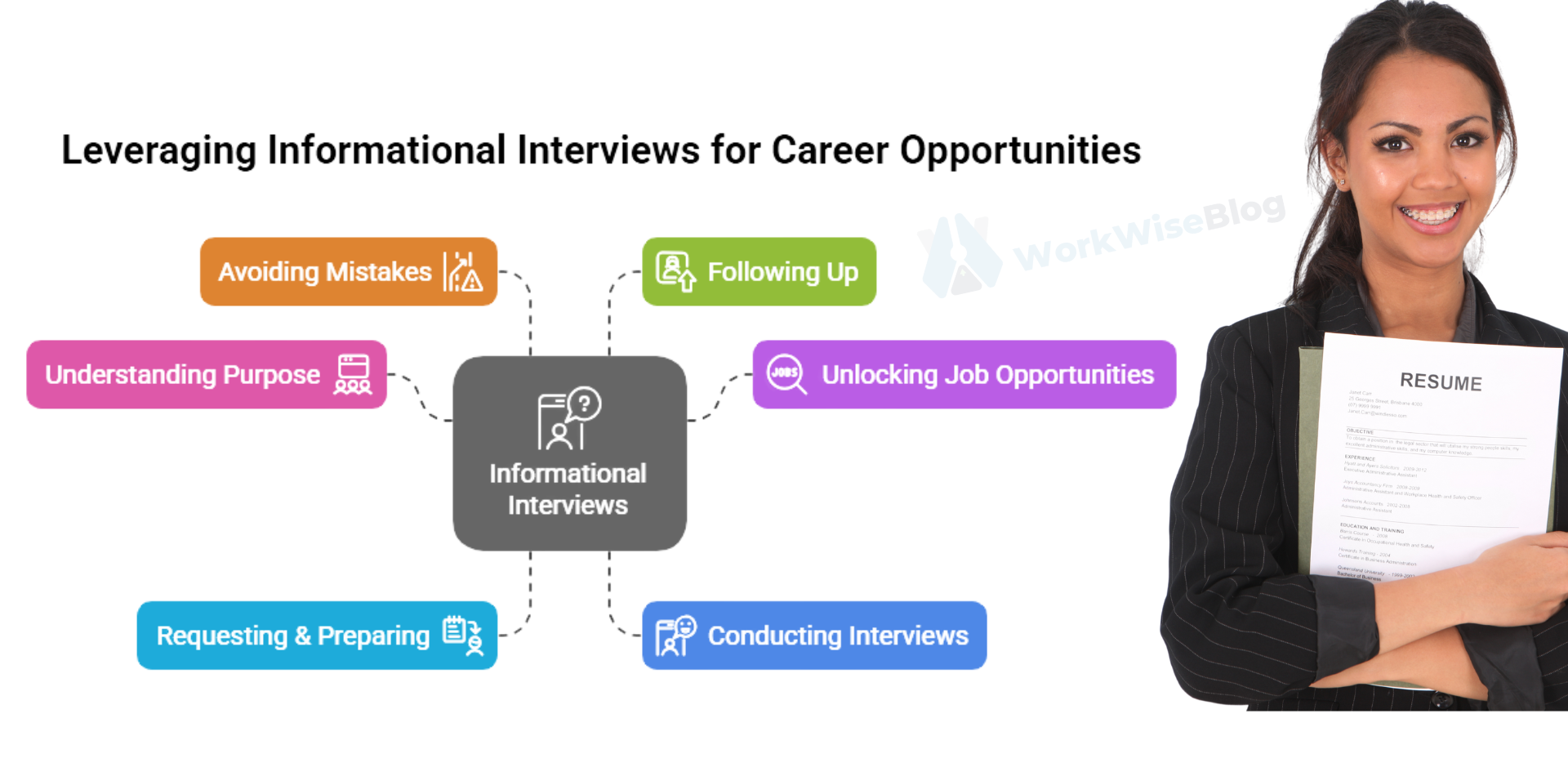
1. Why Job Search Engines Matter More Than Ever
Gone are the days when you had to scan newspapers or visit company websites one by one. Job search engines pull listings from multiple sources, saving you time and effort.
They also offer features like:
- Customized filters
- Alerts for new openings
- Insights into salary and company culture
- AI-powered suggestions based on your profile
But their real power comes when you use them with purpose—not passively.

2. Choose the Right Job Search Platforms
Not all platforms are created equal. The best one for you depends on your industry, goals, and preferences.
Top job search engines:
- Indeed– Great for volume and filtering options
- LinkedIn– Ideal for networking and personal branding
- Glassdoor– Insightful for company reviews and salaries
- Google for Jobs– A meta-search that pulls listings from many sources
- Wellfound (formerly AngelList Talent)– Perfect for startups and remote roles
- FlexJobs– Curated listings focused on flexible and remote jobs
- Hired– Tech-specific platform where employers reach out to you
Pick 2–3 platforms and master them, rather than using 10 inefficiently.

3. Use Advanced Filters Like a Pro
The basic search bar? That’s just the beginning.
Filters you should always use:
- Location(or Remote)
- Job type(full-time, freelance, contract, part-time)
- Experience level(entry, mid, senior)
- Date posted(recent jobs = higher response rates)
- Salary estimate(to avoid applying below your range)

Pro Tip:
Use Boolean search terms (AND, OR, NOT) or quotation marks to narrow your results even further.
Example: “marketing manager” AND “remote” NOT “sales”
4. Tailor Your Resume to Match Job Listings
One of the most overlooked tricks to stand out in search engine-based applications? Matching keywords.
Most companies use ATS (Applicant Tracking Systems), which scan resumes for relevance before a human ever sees them.
Here’s what to do:
- Identify key terms in the job description (e.g., “SEO strategy,” “project management,” “Figma”)
- Use those exact words in your resume if they truthfully reflect your experience
- Adjust your resume headline or summary to include the job title
Tips:
You don’t need a brand-new resume for every job—just tweak the top section and keywords where it counts.
5. Set Up Job Alerts and Notifications
You don’t need to check job boards every hour. Let them do the work for you.
On most platforms, you can:
- Save searches with your filters applied
- Choose how often you get notified (daily, weekly)
- Get alerts via email or mobile
The benefit? You’re among the first to apply, which often leads to higher chances of being seen.
Bonus Tips:
Applying within the first 24–48 hours of posting significantly increases your chances of landing an interview.
6. Read Between the Lines of Job Descriptions
Not every job posting is written well. Sometimes titles are vague, and responsibilities unclear. Learn to spot the right signals.
Look for:
- Clear responsibilitiesthat match your skills
- Growth potential(mentions of career path or development)
- Cultural fit(tone of voice, values, benefits)
- Red flags(too many roles in one, unclear salary, long jargon-filled lists)
If a posting feels too broad, underpaid, or like it’s missing respect for work-life balance—it probably is.
7. Don’t Just Apply—Engage
Want to boost your chances even more? Combine your application with a personal connection.
After applying:
- Look up the recruiter or hiring manager on LinkedIn
- Send a short, polite message like:
Script:
“Hi [Name], I just applied for the [Job Title] role at [Company]. I’ve followed your work for a while and would love to connect. I’m excited about the opportunity and happy to provide more info if needed!”
This small step sets you apart from 100+ silent applicants.
8. Keep a Job Search Tracker
It’s easy to lose track of where you applied, who you messaged, and what you said. A tracker helps you stay organized—and follow up.
Your tracker can include:
- Company name and role
- Date applied
- Contact person (if any)
- Status (applied, interviewed, offer, rejection)
- Notes (feedback, salary, culture vibes)
Tips:
Use tools like Google Sheets, Notion, or Trello to keep it simple and searchable.
9. Don’t Rely on Job Boards Alone
Job search engines are powerful—but they shouldn’t be your only tool.
Other ways to find great roles:
- Directly on company websites
- Networking events or online communities
- Referrals from past coworkers
- Alumni career networks
- Social media (Twitter, LinkedIn posts, etc.)
The hidden job market is real—some of the best roles are never listed publicly. Be proactive. Reach out. Start conversations.
Final Thoughts: Search Smart, Not Just Often
Job search engines are incredibly helpful—but only if used intentionally.
It’s not about applying to everything. It’s about applying to the right things, tracking your progress, and showing up prepared and confident.
Further Reading:
- Work Wise :How to Create a Job Search Plan That Yields Results
- Indeed Career Guide:12 Job Searching Strategies That Work

